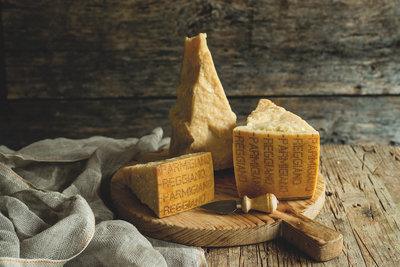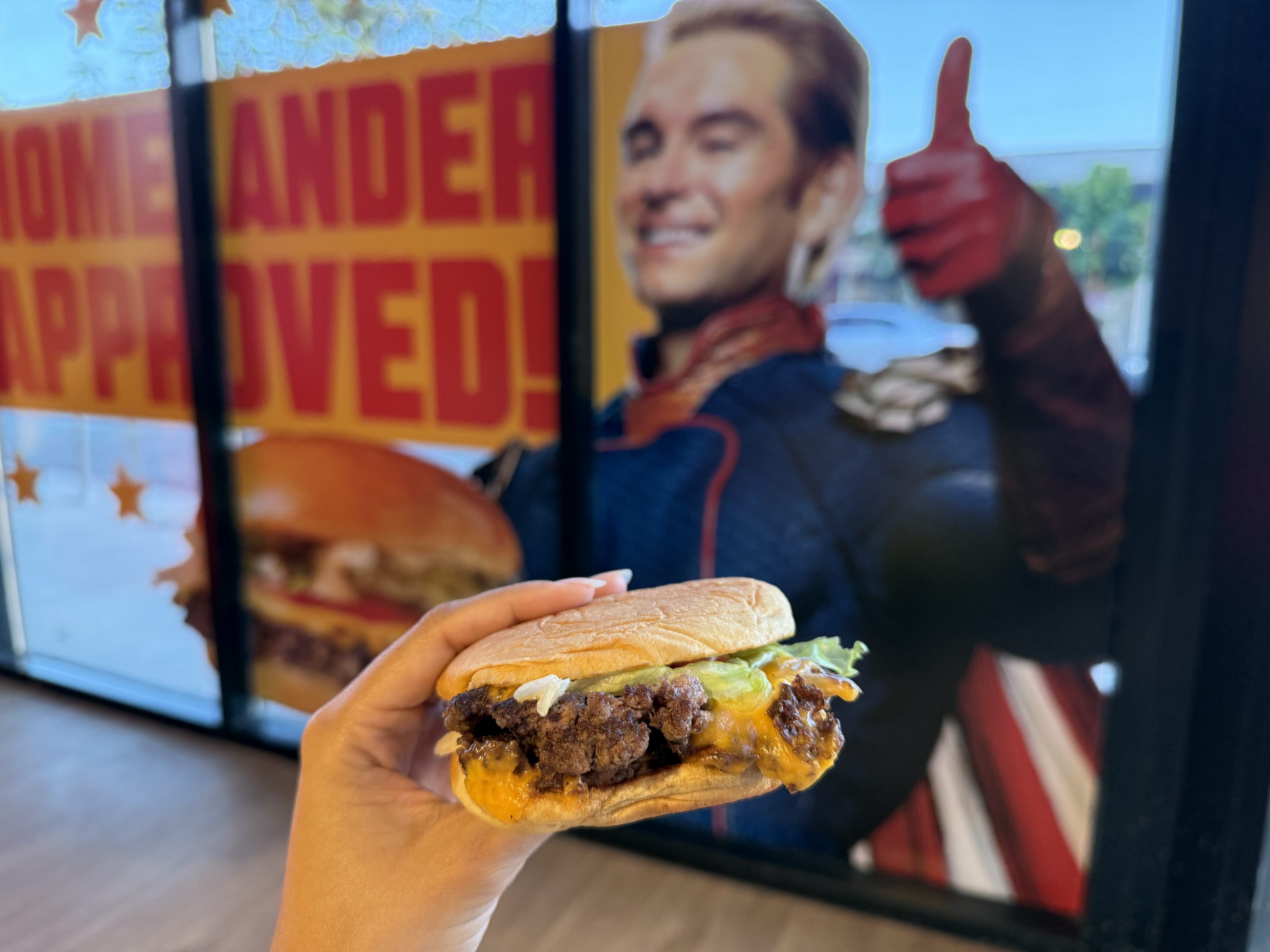Most American “Parmesan” is Fake: How to Tell if Yours is Legit

Parmigiano-Reggiano cheese (commonly known in English as “Parmesan”) is one of the most famous in the world. Nicknamed the “King of Cheeses” in Italy, it’s touted for its nutritional properties and umami-boosting qualities as well as its unique taste and texture. It’s one of the most popular and top-selling cheeses worldwide.
Here’s the problem: many Americans have never tasted real Parmesan.
Within Europe, Parmigiano-Reggiano cheese is a PDO (Protected Designation of Origin) product, meaning that, since 2008, only cheeses that comply with a strict set of rules can be sold as “Parmigiano-Reggiano PDO” or “Parmesan.” Like another familiar controlled-origin product, Champagne, in order to qualify it has to be produced within a specific and limited geographic area (which includes the provinces of Parma, Reggio-Emilia, Modena, Mantua, and Bologna) and it needs to be made following a specific process, using genuine raw ingredients that also come from the designated area of origin.
This has led to the rise of fake parmesan cheeses, produced in places like Eastern Europe or South America, sold under similar-sounding names like “Pamesello” and “Reggianito.”
Within the U.S., however, there’s no such regulation, so anything can be sold as “Parmesan,” no matter where or how it’s made — and even if it doesn’t contain any Parmesan cheese at all. In 2012, the FDA investigated a cheese factory in Pennsylvania and found that the cheese it was selling as “100% grated parmesan” was actually cut with fillers like wood pulp and contained exactly 0% real Parmesan cheese, using instead cheaper varieties like Swiss and cheddar. That particular producer was busted and heavily fined due to a tip-off from a former employee, but similar practices are still widespread.
According to Nicola Bertinelli, President of the Parmigiano-Reggiano Cheese Consortium, which works to promote authentic Parmigiano-Reggiano and fight counterfeit versions, the estimated turnover of fake parmesan worldwide is over 2 billion dollars annually — more than 15 times the amount of genuine Parmigiano-Reggiano exported each year.

So, if there’s 15 times more counterfeit than genuine Parmesan circulating outside of Europe, are your chances of buying and tasting true Parmigiano-Reggiano slim to none? Actually, no. Here’s how you can avoid the fakes and make sure you’re getting the real deal:
Don’t buy grated cheese
Grated cheese quickly loses its flavor and moisture, so it’s always better to buy whole pieces and grate it yourself anyway, but also, only grated cheese can be adulterated with wood shavings, and real Parmigiano-Reggiano is exported in whole wheels, so buying it in chunks rather than pre-grated is a better way to ensure it’s legit.
Buy whole pieces, with the rind, and look for the stamp
The rind of every wheel of genuine Parmigiano-Reggiano is embossed, after inspection and approval by the Consortium, with dotted letters saying the name of the cheese, date of production, and the seal of approval of the Consortium. Always buy whole pieces that still have a portion of the rind attached, so you can see the stamped letters.
Look for the Consortium’s logo.
Pre-packaged pieces of authentic Parmigiano-Reggiano will have the PDO seal and the Consortium’s logo printed somewhere on the wrapper.
Look for the batch number.
Every piece of genuine PDO Parmigiano-Reggiano will also be marked with a lot or batch number stamped somewhere on the packaging.






















